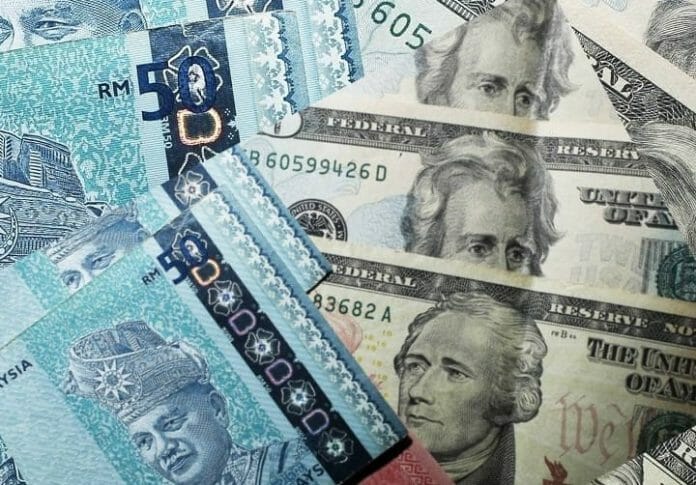The ringgit opened higher against the greenback for the third consecutive trading day on expectation that the US Federal Reserve’s Open Market Committee (FOMC) would downshift interest rate hikes from 50 basis points (bps) to 25 bps at its meeting next week, said an analyst.
At 9 am, the local note further appreciated to 4.2510/2600 against the US dollar from Wednesday’s closing of 4.2575/2625.
U.S. Dollar Near Eight-Month Low Ahead Of Central Bank Meetings
The dollar lolled near an eight-month low against its peers on Thursday, as a gloomy U.S. corporate earnings season stoked recession fears and as traders stayed on guard ahead of a slew of central bank meetings next week.
The U.S. dollar index, which measures the greenback against a basket of currencies, last stood at 101.53, languishing near last week’s eight-month trough of 101.51.
Trading was thin on Thursday, with Australia out for a holiday and some parts of Asia still away for the Lunar New Year.
Downbeat earnings and guidance from U.S. corporates and a string of tech sector layoffs have deepened fears of an economic downturn in the United States, leading investors to pare back expectations on how much longer the Federal Reserve will need to aggressively raise interest rates.
“There are now signs the U.S. economy may be slowing in a more meaningful manner,” Reuters cited economists at Wells Fargo saying.
“With the Fed no longer leading the charge on interest rate hikes and U.S. economic trends set to worsen, we now believe the U.S. dollar has entered a period of cyclical depreciation against most foreign currencies.”
The Fed’s policy-setting committee will begin a two-day meeting next week, and markets have priced in a 25-basis-point interest rate hike, a step down from the central bank’s 50 bp and 75 bp increases seen last year.
Markets expect policymakers at the Bank of England and European Central Bank (ECB), who will also meet next week, to deliver 50 bp rate hikes. The ECB is seen most likely to remain hawkish.
Sterling was last 0.12 per cent higher at $1.2415, while the euro rose 0.05 per cent to $1.0920, flirting with its nine-month high of $1.0927 hit on Monday.
“The euro does draw a lot of attention,” said Jarrod Kerr, chief economist at Kiwibank. The euro zone “had a favourable winter …. The energy crisis that people were expecting hasn’t quite played out yet.”
Elsewhere, the Canadian dollar last traded at 1.3393 per dollar, after the Bank of Canada on Wednesday raised its key interest rate to 4.5 per cent but became the first major central bank fighting global inflation to say it would likely hold off on further increases for now.
The Aussie edged 0.06 per cent higher to $0.7107, after jumping 0.8 per cent on Wednesday following shock data showing Australian inflation had surged to a 33-year high last quarter, bolstering the case for the Reserve Bank of Australia to raise interest rates again next month.
The kiwi steadied at $0.6480, having slumped 0.43 per cent in the previous session after New Zealand’s fourth-quarter annual inflation came in below its central bank’s forecast.
In Asia, the Japanese yen rose 0.3 per cent to 129.21 per dollar.
Bank of Japan (BOJ) policymakers debated the inflation outlook at their January meeting, with some warning that it could take time for wages to rise sustainably, a summary of opinions at their meeting showed on Thursday.
At that meeting, the BOJ kept ultra-low interest rates unchanged but beefed up a monetary policy tool to prevent the 10-year bond yield from breaching its new 0.5 per cent cap. Its decision defied market expectations of further tweaks to monetary policy.









